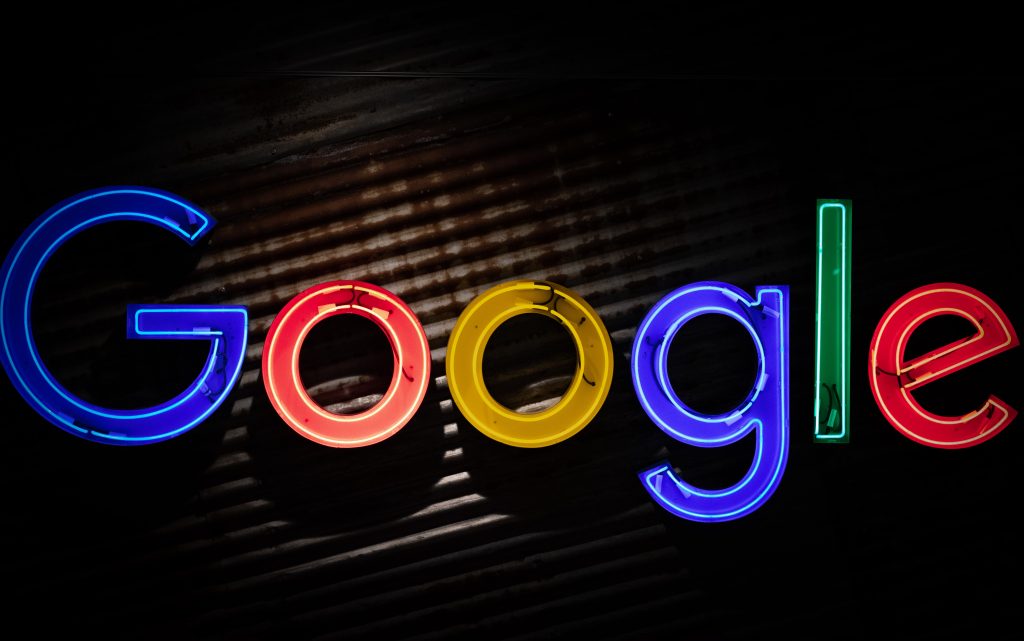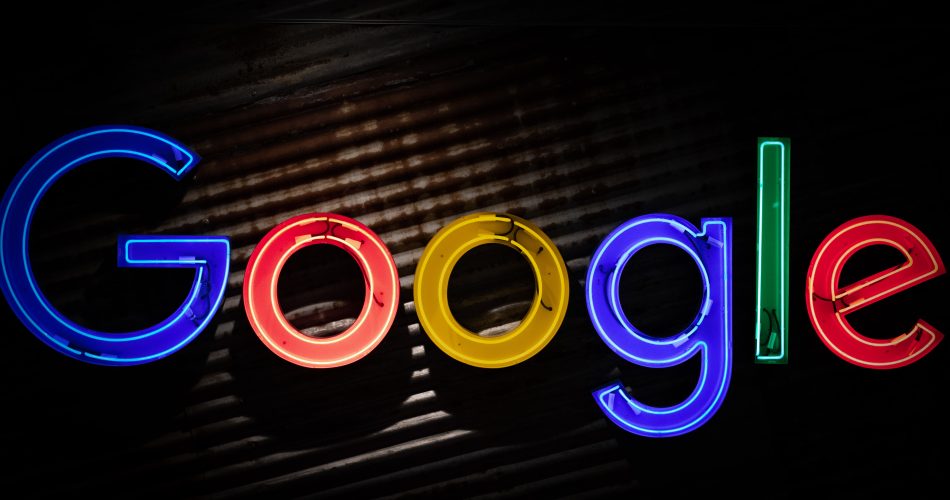Google is formally renaming the Webmaster Guidelines as “Search Essentials,” with a three-section revamp.

Google’s objective for the revamp, in addition to making the prior Google Webmaster Guidelines simpler to read, is to move away from the title “webmaster.”
Over the last several years, Google has steadily phased out the term “webmaster” from its branding. “Google Webmaster Central,” for example, has been renamed “Google Search Central.”
According to Google, the title “webmaster” is out of date and does not cover all content providers who wish to see their material rank in search results.
Many previous rules have been relocated to particular parts of the Google Search Central website.
Google Search Essentials currently consists of three categories of previously covered Webmaster Guidelines principles.
Google Search Essentials includes three categories:
Technical prerequisites
Important best practises
Policies on Spam
In the sections that follow, we’ll go through each category in further depth.
The most crucial thing to remember if you don’t read any more is that nothing has fundamentally changed for local seo services.
If you’re already acquainted with the previous Google Webmaster Guidelines, there’s nothing new to learn. The identical information may be found in Google Search Essentials, although in a different format.
With that in mind, let’s take a look at what Google Search Essentials offers.
Technical specifications
To get a web page into Google Search, a few technical steps must be taken.
According to Google, most sites meet the technical standards without even trying.
The following are the technical specifications:
Googlebot is not restricted.
The page is operational (it is not an error page).
The page contains searchable text.
In other words, make sure Google can access your material by publishing it in a manner that Google can index.
That is the absolute minimum for a webpage to be included in Google’s index.
Getting a website to rank, on the other hand, requires more effort. Let’s get started with the new section on critical recommended practises.
The Most Important Best Practices
The primary best practises in Google’s Search Essentials are extra considerations for developing information that people can easily locate in search results.
Among Google’s best practises are:
Produce useful content.
Use keywords that people would look for and put them in visible places like titles, headers, and alt text.
Crawlable links
Tell others about your website.
Apply best practises for photos, video, structured data, and JavaScript.
With rich snippets, you may improve the visibility of your website in search results.
Block Google’s crawlers if you don’t want your material to appear in Google Search.
Policies Regarding Spam
The spam rules section discusses the behaviours and strategies that might cause a page or website to be ranked lower or de-indexed from Google Search.
Google has the following spam policies:
Malware and bad conduct
Inaccurate functionality
Scraped information
Redirections that are deceptive
Automated-generated spam
Cloaking \Doorways
Unauthorized content
Linking and hidden text
Stuffing with keywords
Traffic produced by a machine
Affiliate pages with few links
Spam sent by users
Copyright requests
Removal of Online Harassment
Swindle and deception
The majority of the items mentioned above were adapted from Google’s previous Quality Rules and other relevant current guidelines.




